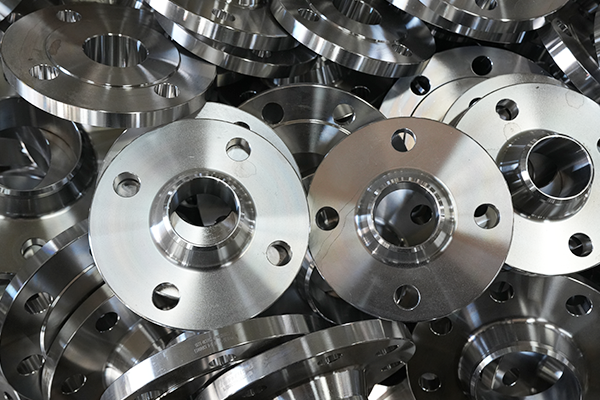NewsDetails
Performance of Seamless Steel Pipes in Low-Temperature Environments and Mitigation Measures
author:Zhantong time:2025-05-23 00:56:39 Click:53
Seamless steel pipes are widely used in industries such as oil and gas, LNG transport, offshore engineering, and cryogenic systems, where low-temperature environments pose significant challenges to material performance. Understanding how these pipes behave under such conditions and applying the right engineering measures is critical to ensure safety and reliability.
1. Performance Challenges in Low Temperatures
Brittle Fracture Tendency
At low temperatures, especially below 0°C, the ductility and toughness of steel materials decrease significantly. This increases the risk of brittle fracture, even under relatively low stresses.
Reduced Impact Toughness
Charpy impact values drop sharply as the temperature falls. Conventional carbon steels may fail suddenly if not properly alloyed or treated for low-temperature service.
Weld Zone Weakness
In welded systems using seamless pipes, the heat-affected zone (HAZ) and weld metal can become brittle in cold environments if not properly managed.
2. Mitigation Measures for Reliable Performance
Use of Low-Temperature-Grade Steels
Select steel grades designed for cryogenic or low-temperature applications, such as ASTM A333 (grades 1, 3, 6), ASTM A350 LF2, or low-alloy steels with controlled carbon and alloy content. These materials are engineered to maintain toughness at sub-zero temperatures.
Controlled Chemical Composition
Low carbon content and the addition of nickel, manganese, and other alloying elements improve toughness and reduce the ductile-to-brittle transition temperature.
Proper Heat Treatment
Normalizing or quenching and tempering processes enhance the low-temperature toughness of seamless steel pipes by refining the grain structure and reducing internal stress.
Charpy V-Notch Impact Testing
Perform low-temperature impact testing (e.g., at –46°C or –101°C depending on service conditions) to verify material performance. This is often required by codes and standards in cryogenic applications.
Welding Process Control
Use low-hydrogen welding techniques and preheat/post-weld heat treatment (PWHT) where necessary. Select welding consumables with matching low-temperature toughness.
Stress Relief Measures
Design the pipeline system to minimize residual and operational stress concentrations, which can act as crack initiation points under cold conditions.
Coating and Insulation
Apply protective coatings or thermal insulation to reduce direct exposure of pipes to extreme cold, particularly in above-ground installations.
Conclusion
In low-temperature environments, the mechanical behavior of seamless steel pipes can be significantly affected if not properly addressed. Through careful material selection, processing control, and performance testing, these challenges can be effectively overcome to ensure the safe and efficient operation of piping systems in cold climates and cryogenic applications.
 Recommended Products
Recommended Products
 Contact us
Contact us
—— Contact:Manager
—— Tel:+86 15231788966
—— Email:info@zhantongpipe.com
—— Url:https://www.zhantongpipe.com
—— Address:Mengcun Hui Autonomous County, Cangzhou City, Hebei Province









